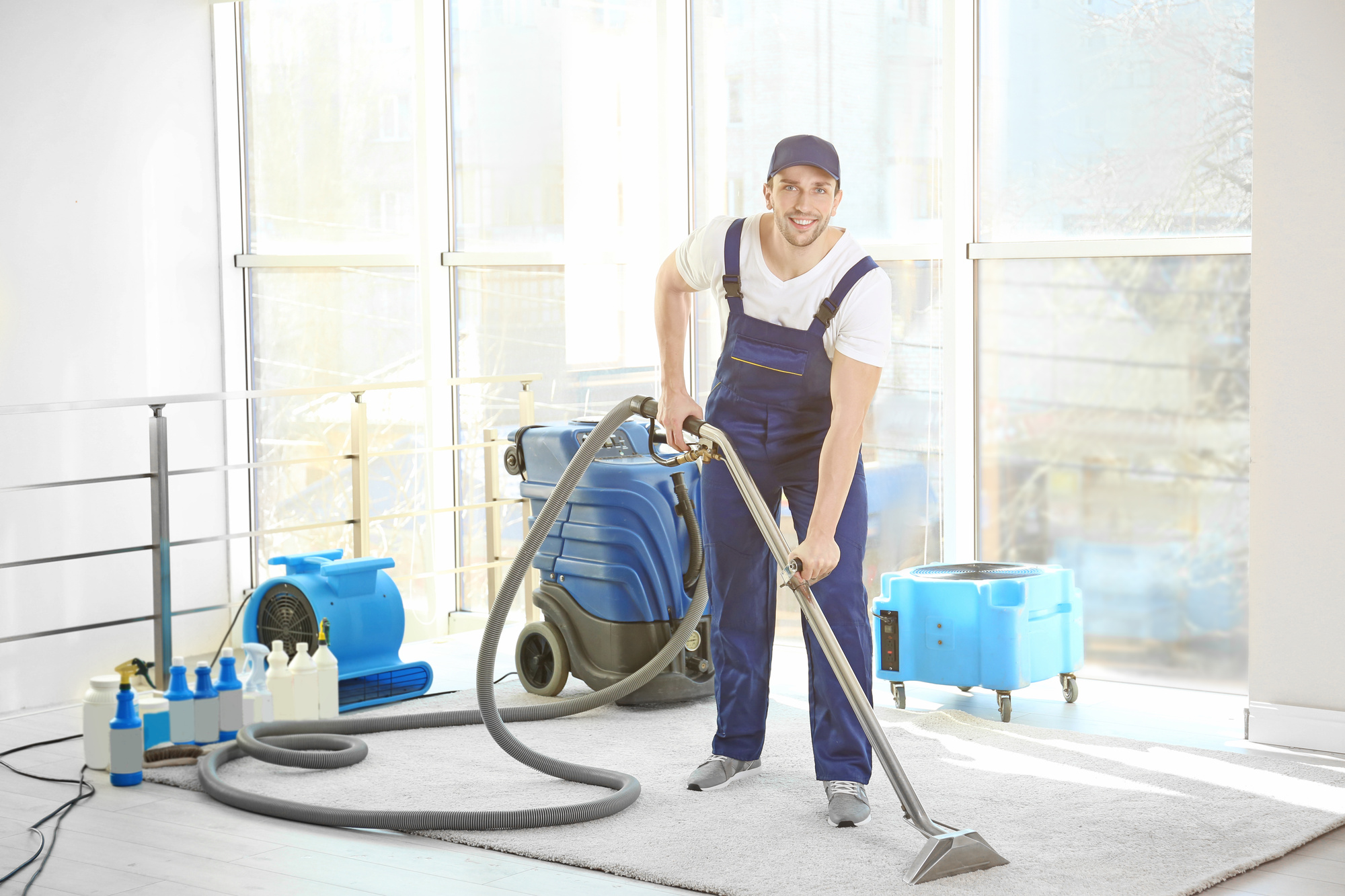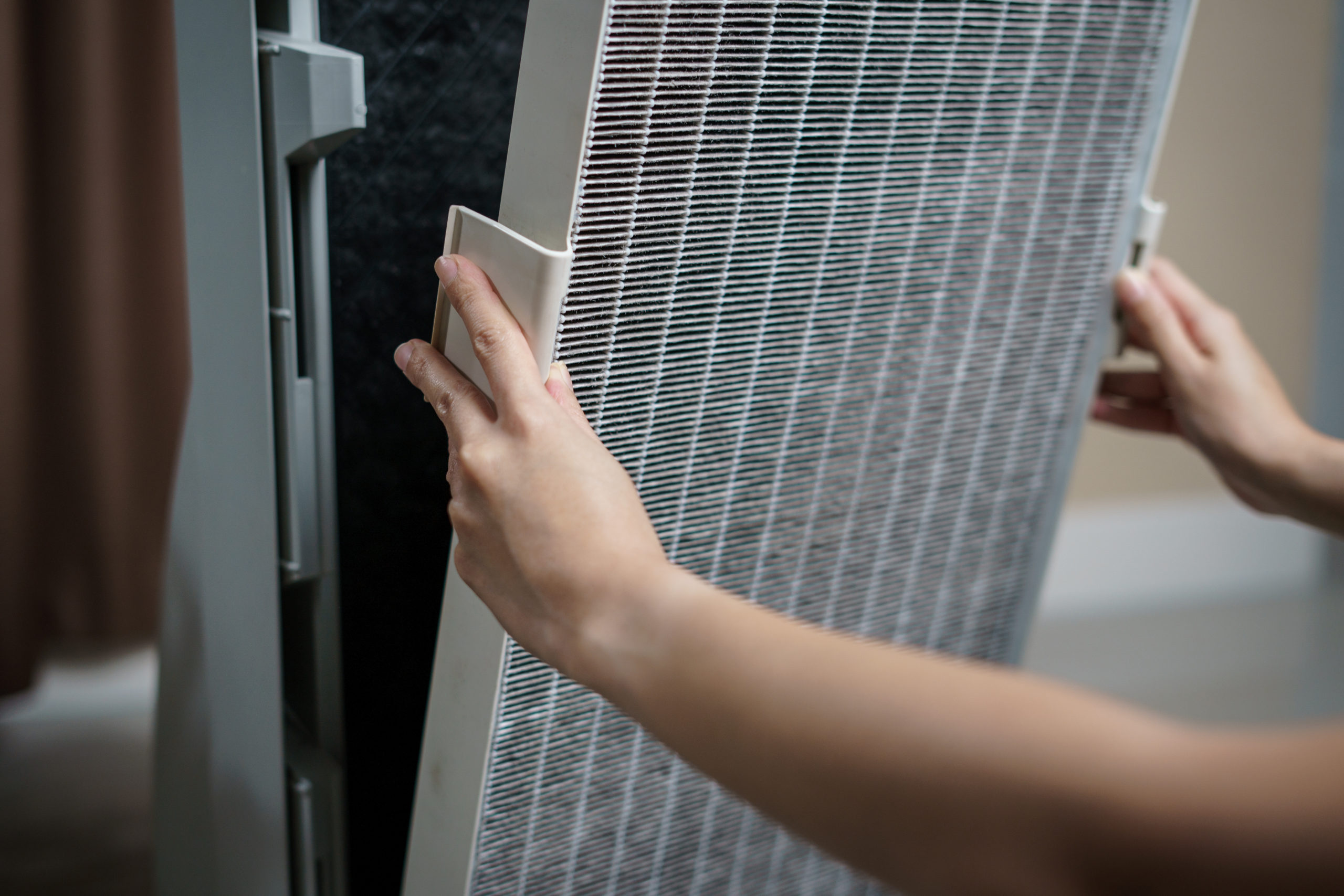Professional models of vacuums offer the quality, power and longevity to save your company money and deliver amazing cleaning service.
In creating and refining your cleaning services, arguably the most important decision you can make is about your vacuum cleaner. Why? Because in the majority of cleaning procedures, the “dry” work comes first for removal of soil, dust, pet hair and more before the wet cleaning and disinfecting occurs. Let’s take a look at what you to need know and consider before making this important investment in your business.
Higher Durability and Quality
Commercial vacuums differ from household vacuums in significant ways, the most critical being durability. Household vacuums are designed for use once or twice per week, in limited areas, and taking into account frequent user breaks to answer the phone or pick up LEGOs®.
[EasyDNNnewsToken:Left Justify Embed 300 x 250]Commercial vacuums are designed for heavy duty daily use and for several hours at a stretch, in addition to handling substantial dirt and debris. Typically, the performance of commercial machines appreciably surpasses that of residential machines.
And because they are built to be durable, commercial vacuums in general have higher quality components than household vacuums. The increased quality in construction reduces the frequency of breakdowns, assuming the recommended maintenance schedule is followed.
Professional Equipment Appearance
Appearance matters. Commercial vacuums look professional, which benefits the user and the company because they look knowledgeable and professional. And although household vacuums come in an amazing variety, they generally offer the same limited collection of functions and features. Commercial machines provide many options to meet your specific professional vacuuming needs.
Higher Cost with Longer Life
Initially, commercial vacuums cost more, but they are designed to last longer and require fewer repairs, reducing the overall cost of ownership over time. Some JanSan manufacturers encourage sales and offer marketing incentives, which often helps cut the price of the machines, bags and filters.
Improved Performance
The purpose of a commercial vacuum is to be both as efficient and effective as possible while vacuuming different types of carpeting and flooring. Vacuum performance is primarily affected by how airflow, lift, filtration and structural integrity and design of the airtight seals all work together. Contrary to common belief, amperage, watts and horsepower don’t really affect performance.
Airflow, or the amount (or volume) of air moving through the vacuum, is measured in CFM (cubic feet per minute). Vacuum testing facilities recommend selecting vacuums with the highest CFM possible. It is easy to assume that the bigger, more powerful vacuum motors have the higher CFM, but this is not necessarily the case due to the amount of turbulence within the vacuum cleaner caused by its filtration system and the changes and restrictions of airflow in the machine when hoses, nozzles and wands are attached.
Lift, which is closely related to airflow, is a measurement of the strength of the vacuum provided by the vacuum motor and is measured in “inches of (water) lift.” Imagine a clear tube being placed in a pan of water, and the vacuum hose being attached to the top of the tube. When the vacuum machine is turned on, the water rises in the tube. How high the water rises in the tube determines the water lift of the machine. In most cases, the higher the CFM and water lift numbers, the more effective the vacuum cleaner. Airflow/CFM and water lift are considered essential data when comparing vacuum models, and most vacuum manufacturers provide this information.
Filtration should halt dust and dirt moving through the system without obstructing the all-important airflow. Since filtration needs to work with airflow and lift, the types of filters used and how the filters are configured to minimize escape of dirt particles from the vacuum are critical. Structural integrity is important here, too. Poor design of the airtight seals can affect airflow and lift, as well as create gaps that throw dirt and dust back in the air. A HEPA filter, for example, is useless if it is located in a vacuum cleaner that is not structurally airtight.
Here are a few things to consider:
1) Survey your needs.
You may find that you need more than one vacuum to provide optimal service to different customers.
What type of flooring is to be cleaned: low pile/high pile carpet and/or hard surface floors? What kind of debris is to be removed? Is it primarily dirt from outdoors and/or office debris such as paper scraps, paper clips or used staples? Metal shavings and screws? Calculate square footage to be cleaned daily. Vacuuming a 20,000 square foot warehouse is not like vacuuming a 1000 square foot office. Evaluate building size, floor types and nature of debris and choose a vacuum based on airflow, lift, filtration and structural design that will handle your requirements.
2) Compare the features and performance differences among upright, canister and backpack vacuums.
Review ISSA’s workloading resources to determine expected and optimal cleaning times for different areas and surfaces.
Which vacuum type would be more efficient and effective? For expected debris, would one motor or two be necessary? Consider the ergonomic impact of chosen vacuum on technicians’ ability to perform repeated actions with ease while achieving consistent results.
3) Make a decision about filtration and dust containment options.
Keep in mind that a HEPA filter does not prevent release of dust and particles back into the indoor environment. What type of filtration does the facility need? Does the client have specific requirements such as HEPA (sealed) filtration, non-HEPA high quality filtration or microfiltration? How much do replacement filters and bags cost?
4) Research different brands/models and test for ease of use.
Research company websites and compare brands and models in catalogs. Check the Carpet and Rug Institute for vacuum ratings. Attend industry trade shows, or go to commercial vacuum retail shops where you can physically handle different vacuums to determine workability and ease of maintenance and use.
5) Investigate warranty and service options.
What exactly is covered by the warranty and for how long? Which parts look like they will need to be replaced regularly (check reviews)? How much do parts not covered by the warranty cost? Where can you take the machine for service? Local or out-of-town? What is the cost? Is it worth possibly learning how to service it yourself? Is training available and convenient?
6) Consider other design features.
Consider other features, especially specialty features or services you’d like to begin offering that may be supported by a professional/commercial vacuum system.
Cord length? “Pigtail” and extension cord option? Weight of machine and need to transport or relocate? Specialty or additional attachments available? Secret compartments with spare supplies, like belt replacements?
I won’t pretend that this is an easy process or that anyone gets it “right” all of the time. There are no “perfect” vacuums, but with careful research and consideration, you can get really close to exactly what you need to provide the best service to your customers.
Janice Stewart is owner of Castle Keepers and driving force behind the development of the Modern Cleaning approach, Janice brings her scientific and healthcare background to inform the development of effective, safe, and healthy cleaning methods.






